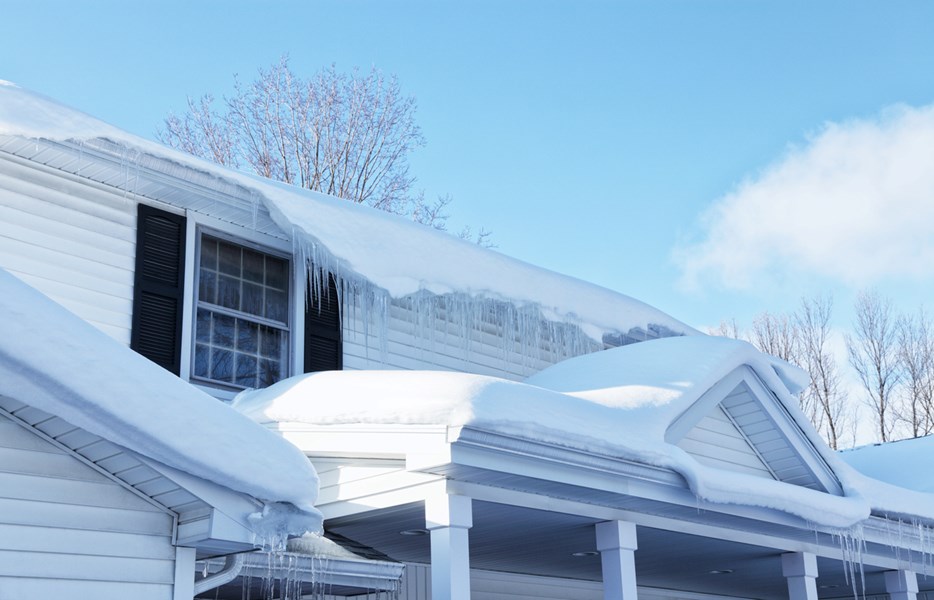
By Sarah Budzinski
Essential Home Preparation Tips to Get Ready for Winter
As winter approaches, it’s crucial to make sure your home is prepared for the colder weather. From inspecting your roof to sealing draf...
Read More
As winter approaches, it’s crucial to make sure your home is prepared for the colder weather. From inspecting your roof to sealing draf...
Read More





